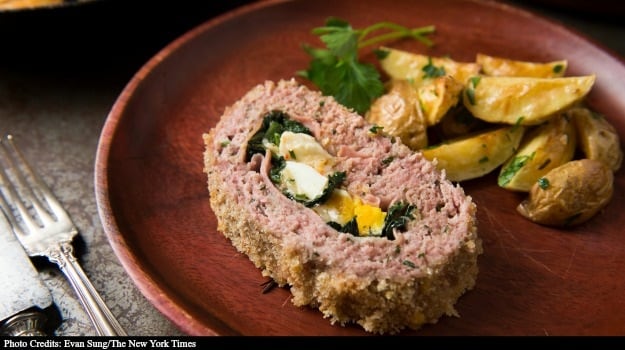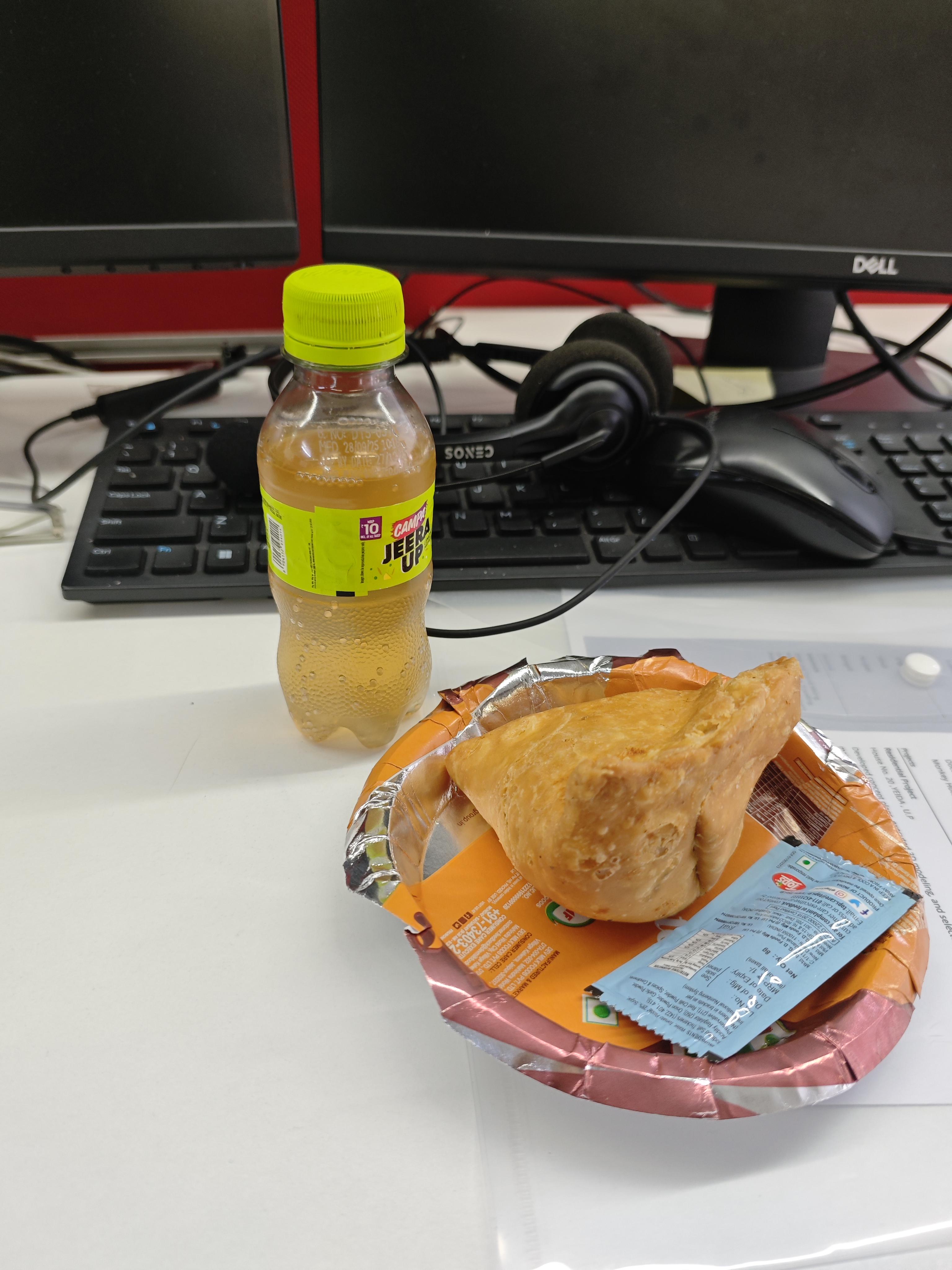I was raised on Midwestern meatloaf. My mother's dependable recipe did not vary: Ground beef, grated onion and carrot and a little oatmeal were the main ingredients, along with a dash of "seasoned salt." A ribbon of bottled chili sauce ran down a gully in the center.
Served hot, accompanied by Tater Tots, it was dinner. Served cold for lunch, it was always a sandwich on white bread, with potato chips on the side. It was usually moist and tasty but never remarkable, and there was no way you could call it anything but meatloaf.
Do I harbor a kind of nostalgia for it? Yes. But would I use that recipe now? I think not.
I have a friend from Brussels who loves to entertain. Of his dinner party repertoire, one dish is most requested and admired. It is pain de veau, served with a vermouth-splashed mushroom sauce. In French, it sounds elegant. Translated into English - veal loaf - it sounds dull.
The Italian word for meatloaf is polpettone. (Polpette are Italian meatballs; polpettine are meatballs, too, but more diminutive.) This substantial family-size meatball, whether ovoid or elongated, plain or fancy, served with tomato sauce or not, is beloved both in Italy and in Italian communities throughout the world. Aside from its melodic, polysyllabic name, polpettone is always well seasoned, prepared with care and served with gusto.
It is usually a combination of different kinds of ground meat, typically beef, pork and veal in equal parts. Grated cheese and herbs are generally part of the mix, and to lighten the texture, most cooks add day-old bread soaked in milk and beaten eggs.
The version I learned from an old Italian cookbook has a fanciful stuffing. The seasoned meat mixture is first pressed flat like a piece of dough. Mortadella, spinach, hard-cooked eggs and provolone are arranged over the surface. Then the whole affair is rolled up into a sausage shape and coated with breadcrumbs. When sliced, the moist, savory loaf looks almost like a pate or terrine, decoratively studded with colorful, flavorful bits and pieces.
It is a bit of a project, so I always make a big polpettone as long as I'm at it. Three pounds of meat will produce enough for eight, and if there are leftovers, so much the better, for it is delectable hot or cold.
Polpettone is absolutely a crowd-pleaser, just complex enough to present with fanfare. Just don't call it meatloaf.

Polpettone with Spinach and Provolone
Time: 1 1/2 hours
Yield: 8 to 10 servings
1 cup cubed day-old bread, crusts removed
1 cup heavy cream
1 pound ground beef
1 pound ground pork
1 pound ground veal or turkey
1 tablespoon kosher salt
1/2 teaspoon coarsely ground black pepper
Pinch of cayenne
1/4 teaspoon grated nutmeg
1 teaspoon chopped rosemary
1 teaspoon chopped thyme
2 teaspoons chopped sage
1 tablespoon chopped parsley
3 ounces grated Parmesan, about 1/2 cup
2 eggs, lightly beaten, plus 3 (8-minute) hard-boiled eggs, peeled, for filling
1/4 pound thinly sliced mortadella or prosciutto
1 pound spinach, briefly blanched, roughly chopped and squeezed dry
3 ounces provolone or caciocavallo, sliced 1/8-inch thick
1 cup fine dry breadcrumbs, preferably homemade
1. Put bread cubes in a small bowl, cover with cream and set aside to soak until softened, about 10 minutes.
2. Put beef, pork and veal in a mixing bowl. Season with salt, pepper, cayenne, nutmeg, rosemary, thyme, sage and parsley. Add Parmesan and, using hands, knead seasoning into meat. Combine soaked bread (and any remaining cream) with beaten eggs, then pour over meat and knead until well combined.
3. Heat oven to 350 degrees. Line a 12-by-18-inch baking sheet with parchment or foil. Press ground meat mixture evenly over parchment to make a flat rectangle slightly smaller than the baking sheet. Top with slices of mortadella. Scatter cooked spinach evenly over mortadella. Break provolone slices into rough pieces and distribute over surface. Finish with hard-cooked egg chopped into chunks.
4. Using parchment to help, roll the meat into a long cylinder with filling on the inside. To do this, position the long side of the parchment facing you, then lift parchment and use it to roll meat to the center, pressing down to keep it in place. Lift parchment on the opposite long side, bringing meat just past the center to overlap itself slightly. Pinch the "seam" of the meat together to keep filling in place. Sprinkle with half the breadcrumbs. You will have a cylinder about 15 inches long. Twist ends of parchment to firm the mixture, then transfer to a deep-sided baking dish or roasting pan, and place it seam-side down. Carefully remove and discard parchment. Press firmly to form cylinder into a long loaf with rounded ends. Dust top and sides with remaining breadcrumbs. (Polpettone may be prepared to this point up to 24 hours in advance and refrigerated; bring to room temperature before baking.)
5. Bake for 40 to 45 minutes, until internal temperature is 140 degrees. Let rest for 10 minutes and cut into 1-inch-thick slices and serve. (Alternatively, cool to room temperature and refrigerate for up to 3 days. If serving cold, cut thinner slices.)
© 2015 New York Times News Service










